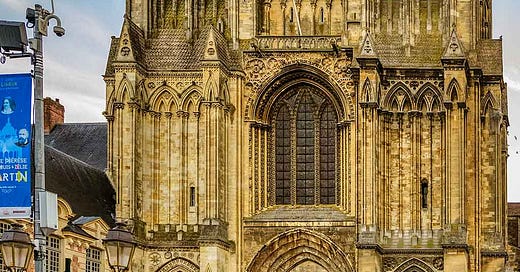The Cathedral of Saint-Pierre of Lisieux is a Gothic Roman Catholic cathedral located in the town of Lisieux, in the Calvados department of Normandy, France. It served historically as the seat of the Bishop of Lisieux until the diocese was merged into the Diocese of Bayeux-Lisieux after the French Revolution. It is one of the earliest examples of Gothic architecture in Normandy, dating primarily from the 12th and 13th centuries.
Click here to see where the cathedral is located on Google Maps.
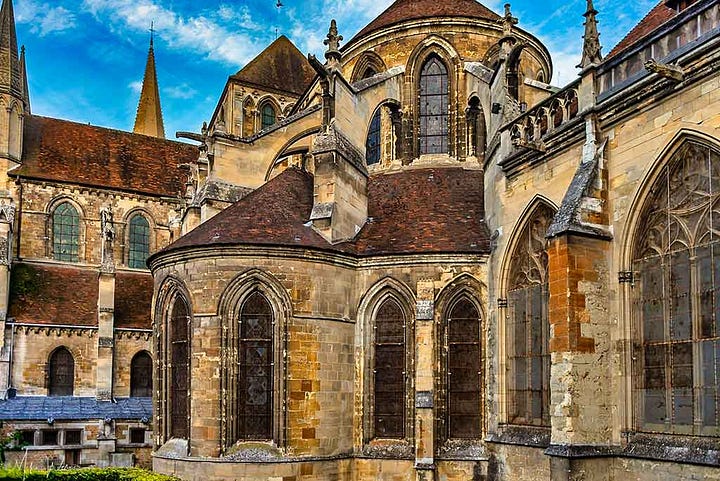
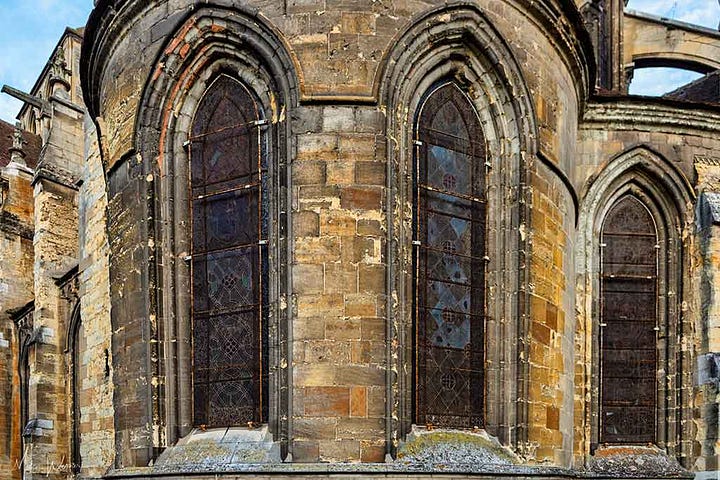
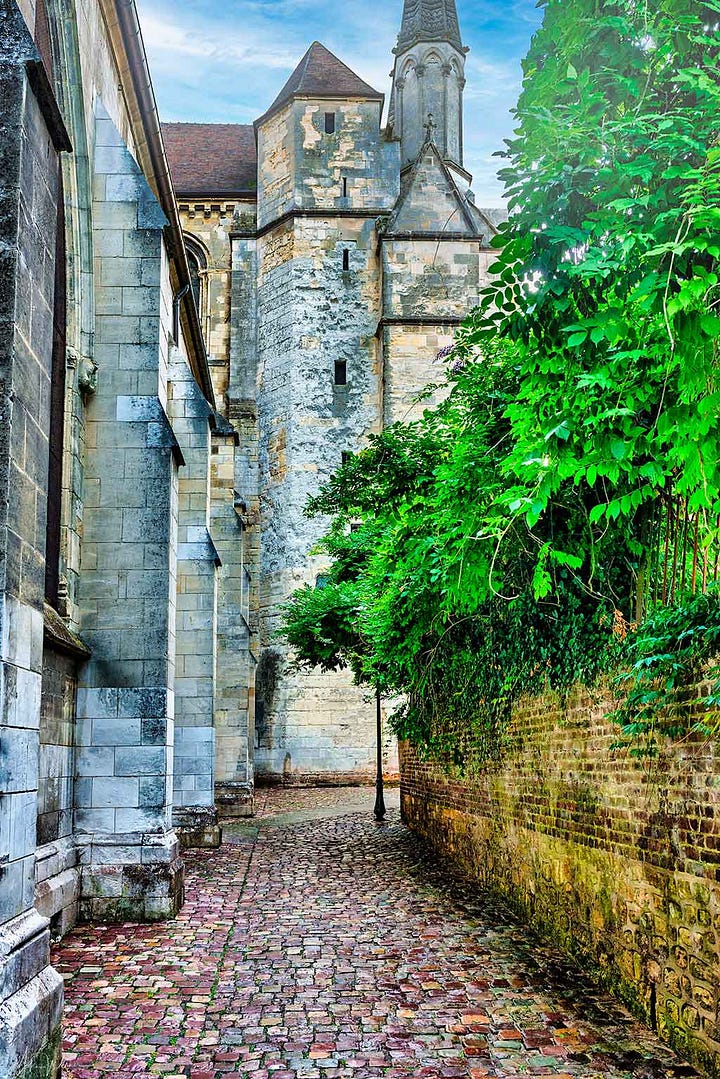
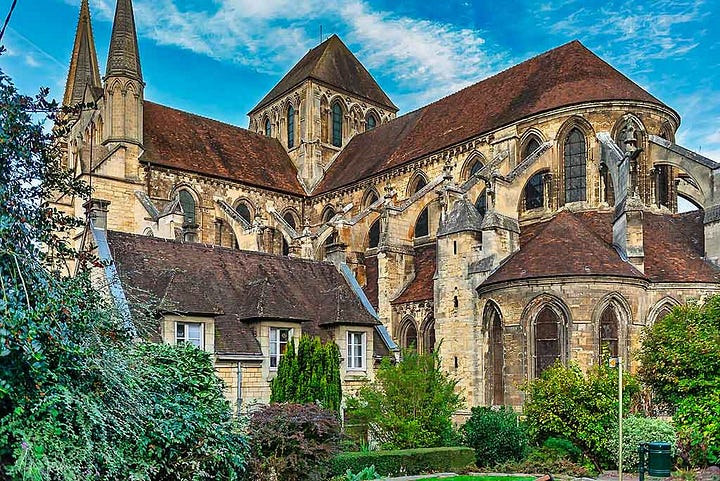
Construction of the cathedral began around 1170 under Bishop Arnulf and continued through much of the 13th century. The design shows clear influence from early Gothic churches in the Île-de-France region, particularly Notre-Dame de Paris, but it also incorporates Romanesque elements, especially in the crypt and the base of the towers, which reflects the transitional nature of the building’s architecture.
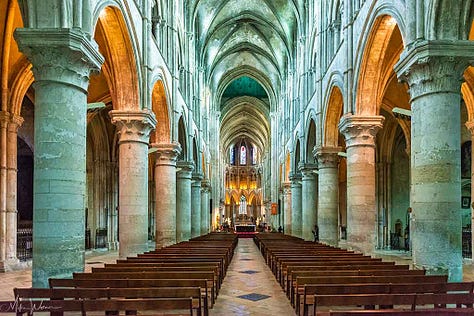



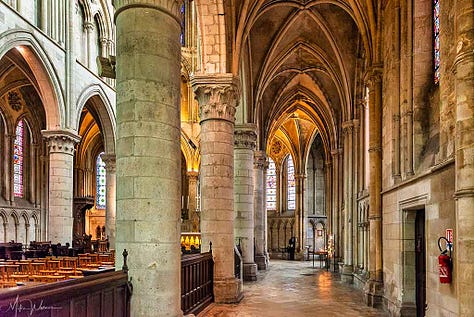
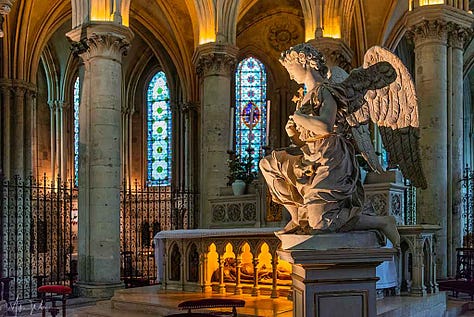
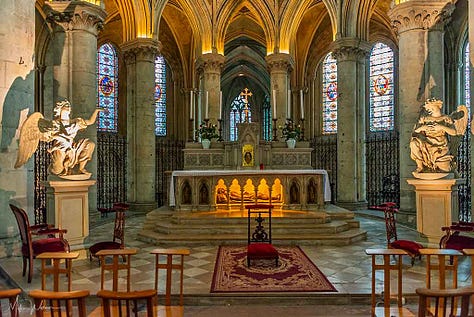
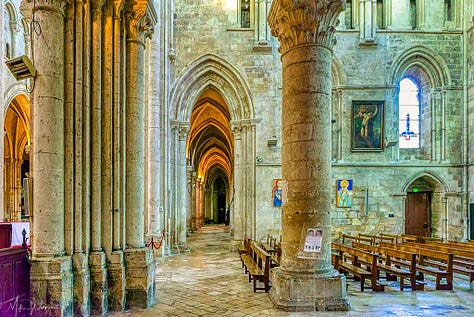

The cathedral has a Latin cross layout with a nave, transept, and choir, and it features ribbed vaulting and pointed arches typical of Gothic style. The facade is relatively austere compared to later Gothic churches, but the building’s overall harmony and vertical emphasis give it a sense of grandeur. The twin towers of the west front are simple but imposing, rising without spires.
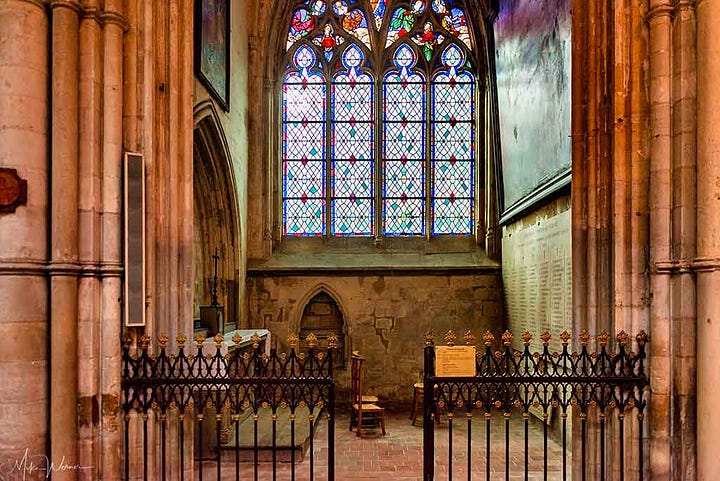
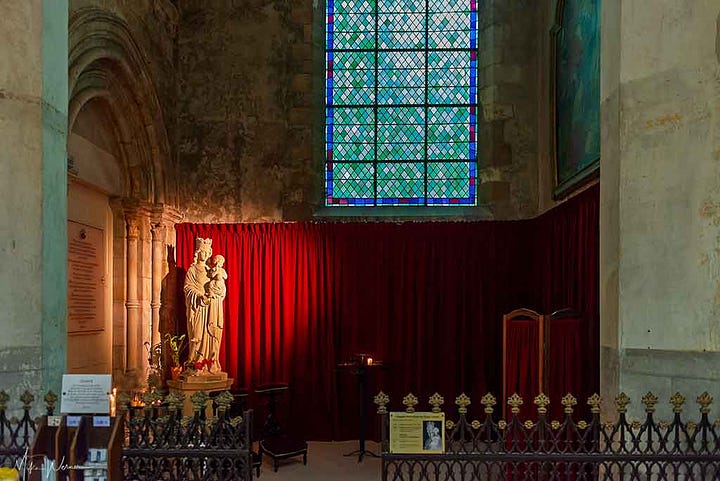

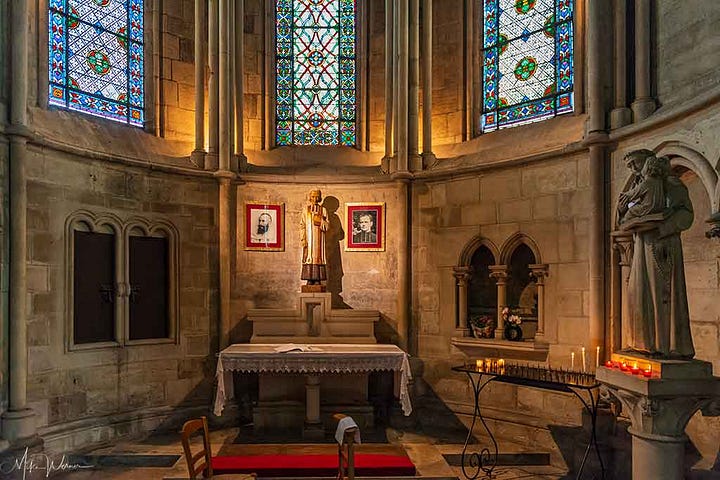
The Cathedral of Saint-Pierre of Lisieux contains several chapels integrated into the architectural plan, mostly situated around the apse and along the side aisles. These chapels date from the 13th century and are consistent with the Gothic style of the main structure, although some have undergone restorations over the centuries.
Among the most notable are the radiating chapels that form a semicircle around the choir. These chapels are relatively shallow, in keeping with early Gothic design, and are dedicated to various saints. Their vaults are ribbed, and they feature lancet windows, many of which once contained stained glass—though much of the original medieval glass has been lost or replaced.
One particularly important chapel is dedicated to the Virgin Mary, reflecting the Marian devotion common in French cathedrals. Another contains a 17th-century altarpiece, which stands out stylistically from the otherwise medieval decor. Several chapels house tombs or memorials to former bishops of Lisieux, indicating the cathedral’s role as an episcopal seat.
Saint Thérèse of Lisieux, one of the most beloved modern Catholic saints, attended Mass there regularly in the late 19th century before entering the Carmelite convent in Lisieux. However, she is not buried there; her major shrine is the Basilica of Saint Thérèse, a 20th-century structure located nearby.
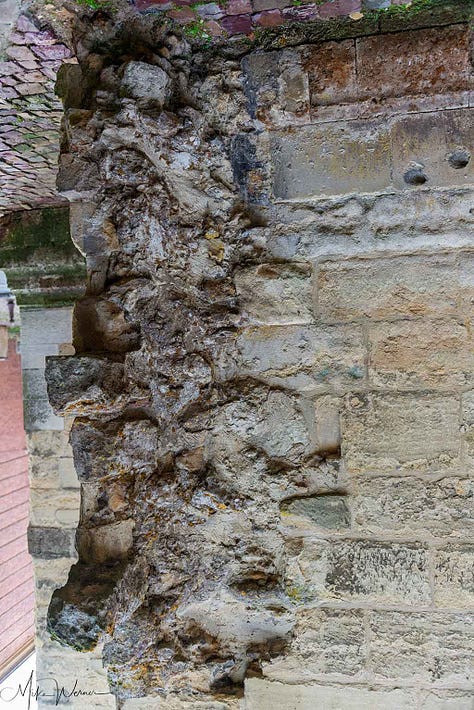
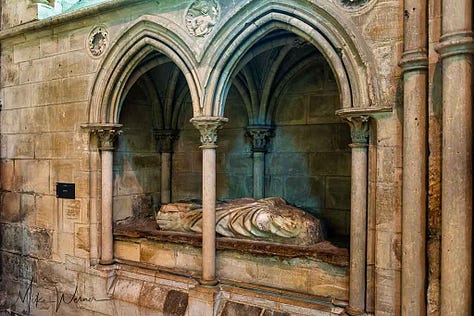
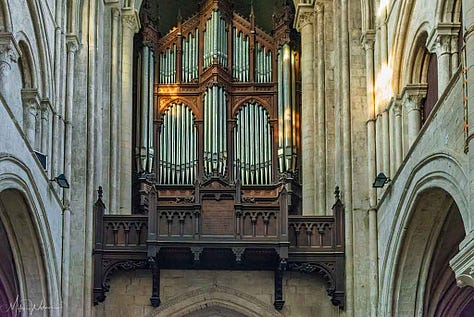

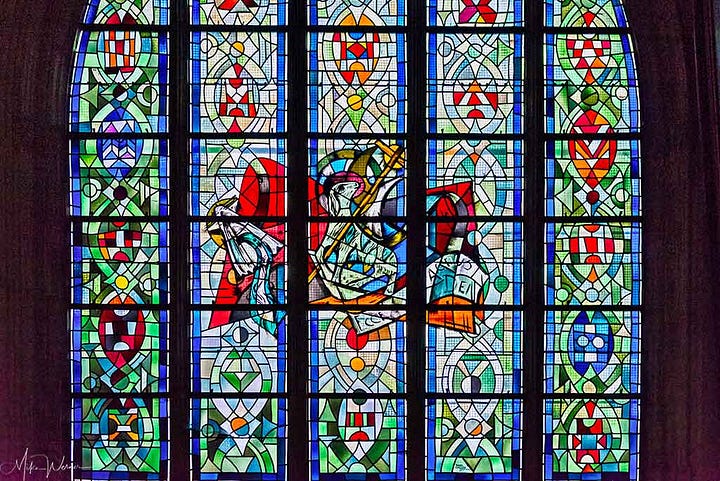
The Cathedral of Saint-Pierre is still active as a parish church. It was not significantly damaged during the heavy bombing of Lisieux in 1944, which makes it one of the few older buildings in the city to have survived intact. Its continued preservation makes it both a religious and historical landmark in the region.
Click here to access their website (in French only).

